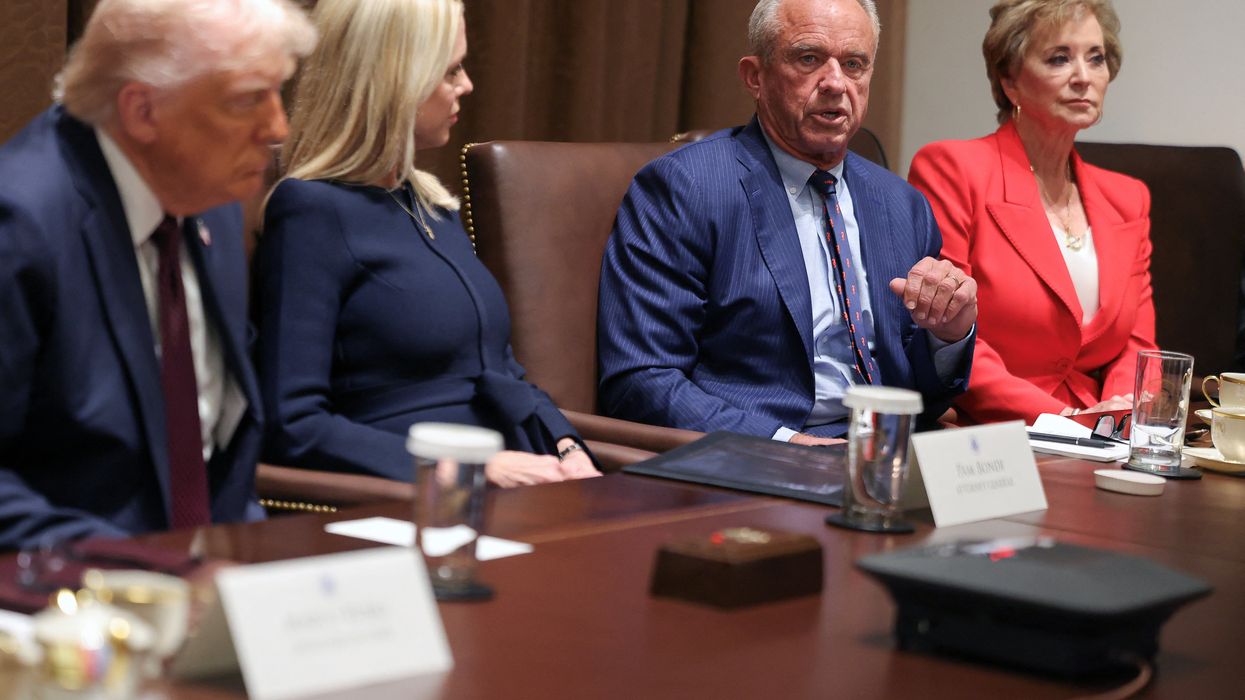
Grateful Dead in the 1970s.
The Conversation
March 30, 2025
Dead & Company, the latest and most enduring post-Grateful Dead project, is about to take to the stage for the second time at the Las Vegas Sphere. The lineup contains original Grateful Dead rhythm guitarist Bob Weir, and one of two original drummers, Mickey Hart. They’re joined by the singer-songwriter John Mayer on lead guitar, Oteil Burbridge on bass and Jay lane on second drums.
It has now been 60 years since the Grateful Dead formed. The US rock band first played at Ken Kesey’s “acid tests” in La Honda, California, in 1965. There, attendees would consume large doses of LSD and spend the night enjoying psychedelic projections and the Dead’s intermittent musical stylings.
Before this, a number of the band members had well-established careers in the Californian Bay Area folk scene. Lead guitarist Jerry Garcia and lyricist Robert Hunter performed folk and bluegrass together in the early 1960s.
Looking for something good? Cut through the noise with a carefully curated selection of the latest releases, live events and exhibitions, straight to your inbox every fortnight, on Fridays. Sign up here.
Mother McCree’s Uptown Jug Champions was another project that involved a number of artists who would go on to form the Grateful Dead. The band’s innate chaos was already clear. Playing an early gig at a coffee house, they were described by the host as “just a panic to watch”.
This chaotic approach is something that continued. Speaking to Rolling Stone in 1971, Garcia said: “Hunter and I always had this thing where we liked to muddy the folk tradition by adding our own versions of songs … taking a well-founded tradition and putting in something that’s totally looped”.
This revitalising understanding of folk adds an element of Grateful Dead fun, contributing to some of their most enduring and interesting songs. Here are three examples of the folk tales that inspired their music.
1. Stagger Lee (1978)
On Christmas Day 1895, two Texans named Lee “Stack” Shelton and Billy Lyons had a disagreement, which ended with Billy snatching Stack’s hat, and Stack shooting him to get it back. This simple story blossomed over time, often richly embellished, into song, folk tale and theatre.
Hunter and the Dead turned the classic folk tale of murder on its head. In most songs about the incident, the focus is on the slightly renamed “Stagger Lee” and “Billy DeLyon”. Most renditions focus on the details and morality of the murder, or the nuance of Stagger as a proto-gangster, and a victim of racist policing.
Grateful Dead performing Stagger Lee in 1978.
The version that the Grateful Dead released is different, with only the first verse dedicated to the murder itself. The body of the song centres the journey of widowed Deliah DeLyon, now in pursuit of justice.
She first pleads with a policeman for help saying “you’ll arrest the girls for turning tricks, but you’re scared of Stagger Lee,” before going to the bar herself, emasculating Stagger Lee, and dragging him to city hall.
These changes attack hyper-masculine versions of the song and suggest an alternate perspective that prioritises the previously unheard.
2. Casey Jones (1970)
Casey Jones (1863-1900) was a renowned train engineer from Mississippi. He was known for his punctuality and skill, but was killed in a wreck after missing a signal in dense fog.
Jones was the only fatality in the train crash and his actions are said to have saved the passengers and the train’s fireman. Just like Stagger Lee, this folk hero has been sung about from many different perspectives.
In the one folk rendition, covered by Pete Seeger, Jones was a union scab, crashing his train though a slavish obedience to his bosses. In Johnny Cash’s song, he was a true hero. But in Grateful Dead’s song, he was a cocaine-addicted speed freak.
Grateful Dead performing Casey Jones in 1977.
The Grateful Dead’s approach to folk is at once firmly rooted in tradition and with one foot in the future.
3. Terrapin Station (1977)
The first part of one of the Dead’s most famous musical suites is an adaptation of The Lady of Carlisle.
This folk song tells a story of a lady choosing between two suitors – a soldier and a sailor. To decide, she throws her fan into a lion’s den and challenges the men to retrieve it.
In traditional versions of the song the lady is fragile, becoming catatonic after delivering her challenge, but Hunter’s changes to the song elevate her. This section of the suite, Lady with a Fan, weaves this into an overarching narrative about the illuminating power of stories.
Grateful Dead performing Terrapin Station in 1977.
In the song, a speaker is retelling the story of The Lady of Carlisle while a magical fire conjures images as they happen. Here we see the protagonist emboldened, her “eyes alight with glowing hair,” and much more directly telling the men “I will not forgive you, if you will not take the chance”.
After the sailor retrieves the fan, the meta-narrative challenges the listener. “You decide if he was wise,” the narrator sings, telling us “the storyteller makes no choice”. Hunter and the Dead again seek to use folklore to explore narrative and stories, their powerful influence on the world and our perspective.
This visionary approach to folk helped ground the band’s musical catalogue in history, elevating folk music and offering curious listeners threads that lead into the narrative past.

Max Bowden, PhD Candidate, impact and influence of the Grateful Dead, University of Essex
This article is republished from The Conversation under a Creative Commons license. Read the original article.










